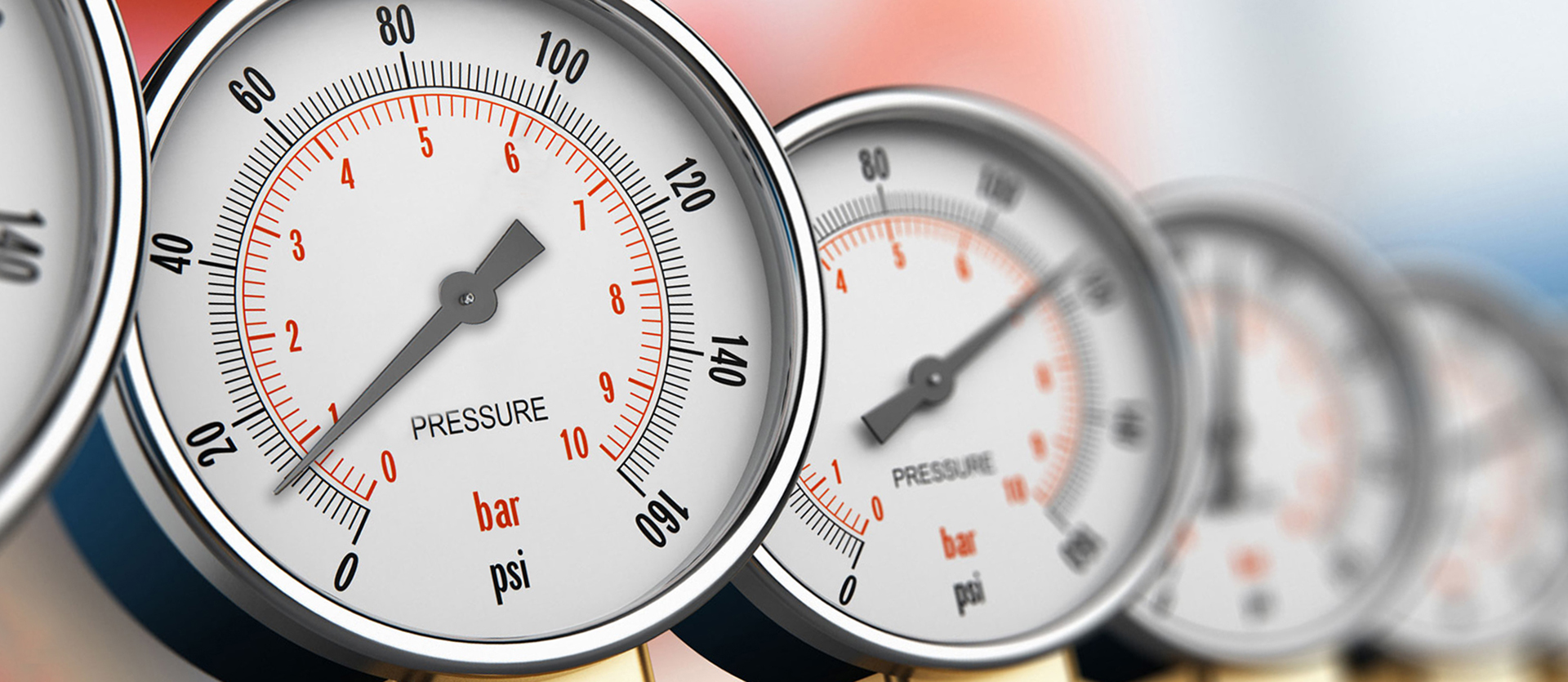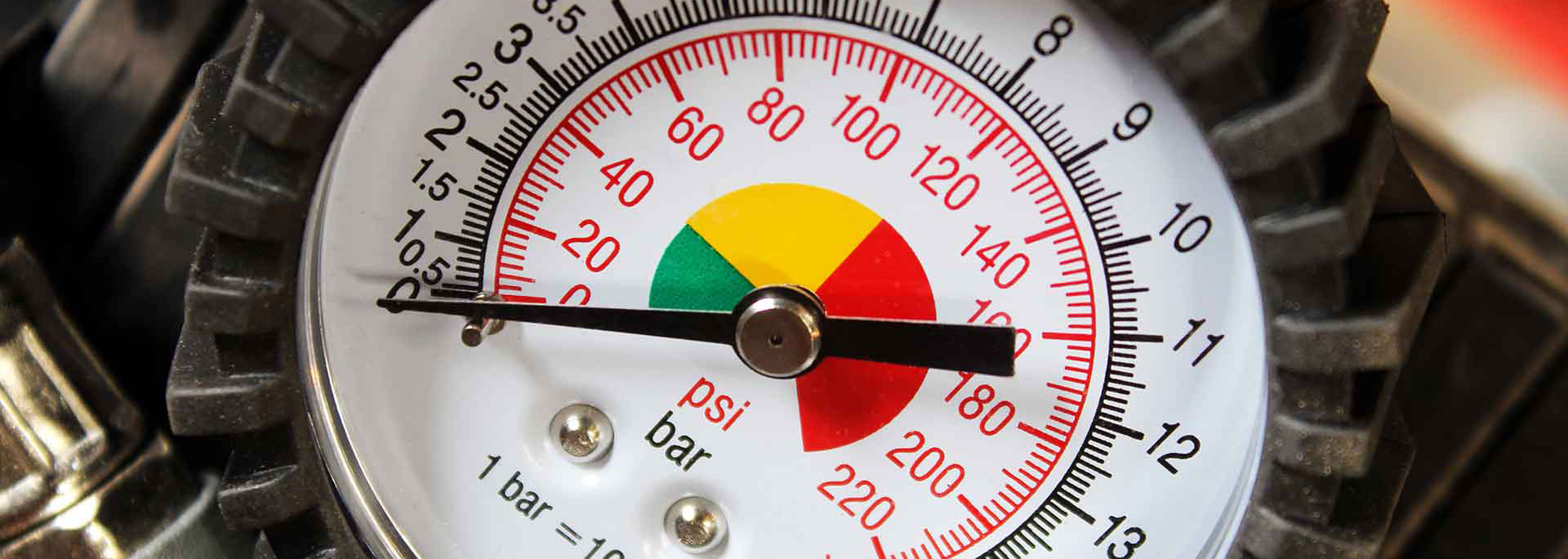Pressure Drop in Compressors
08 October 2022, Saturday

Pressure drops may happen gradually, slowly reducing the performance of your compressed air system over an long period of time. Thus, it may be hard to notice it immediately but you will eventually notice a drop in the performance of your system. If you suspect that the pressure in your compressor has dropped, you can take some steps to return the compressor to its regular functioning state.
Pressure drops will slow down your work and increase power consumption. The efficiency of your compressor will drop. You can always contact an experienced technician for the routine maintenance of your compressor. The other option would be to look for the root cause of the problem.

What Is Differential Pressure?
Differential pressure (DP) is the difference of pressure between two points. Understanding these two points according to the type of your compressor can help you monitor the health of your compressor and detect the signs that your compressor needs maintenance. Replacing air filters, discharging check valves and ensuring regular maintenance is performed are important steps to protect the health and pressure of your system.
Pressure Drop: Why Is Monitoring Important?
Pressure drop is the reduction of the air pressure in the compressor in a network that carries fluids. Extreme pressure drop may be caused by below-average functioning of our compressor, caused by wrongly scheduled maintenance, and it may lead to unnecessary repairs and increased energy costs.
On the other hand, certain pressure drops are seen during normal operations. Intake air filters, inlet valves, coolers, separators, discharge combining/particle filters and discharge check valves contribute to normal differential pressure drops. As differential pressure drops vary by different types of air compressors, it is important to understand each type and know the needs of your plant.
Differential Pressure on Different Types of Compressors
If your plant requires a single or two-stage compressor that typically runs between 3-355 kW, oil lubricated rotary compressors will be ideal for you. Used in numerous different applications, rotary compressors play a critical role in many industries from automotive to light industry. Differential pressure may range between 9 and 16 psi, depending on the size of the compressor. Understanding the differential pressure in a rotary oil lubricated compressor means that you will know when it's time for repair or perform maintenance on the compressor if the pressure is higher than 16 psi.
Oil-free rotary compressors are also found in single or two-stage versions with levels between 3 and 355 kW. As their name suggests, on the other hand, they provide oil-free air that can be used in many other applications like food and drink manufacture. When oil lubricated compressors are compared to oil-free rotary compressors, there is a pressure drop that is typically lower by 5 to 10 psi. Nevertheless, in an oil-free rotary compressor, the coating on the rotors may wear in a few years, causing the pressure between stages to increase, flow to drop and lead to a higher pressure drop in the machine over time.
Centrifugal air compressors are the ideal option if your plant needs 190 to 4500 kW and up to four stages with ISO 8573-1 Class 0, 100% oil-free air, unlike rotary compressors. Centrifugal air compressors are optimal for industries such as the food and drink sector, pharmaceuticals, electronics and other manufacturers that need oil-free air. When compared to rotary compressors, centrifugal air compressors have the lowest level of pressure drop in the entire machine.
Unlike rotary compressors, centrifugal compressors do not require separator or discharge combining/particle filters, which means that there is no DP drop of these substances. As it has a four-stage compression process, it is the most efficient compressor on the market.
Methods to Reduce Pressure Drop on Compressors
Your compressed air system consumes sufficient energy as is. If you notice that it is using more energy than normal, pressure drops may be causing this. In such a case, you have options. You always want to reduce humidity inside the system. You may be constantly looking for ways to improve the performance of the compressed air.
Below are some points you should consider when checking your air compressor.
Redesign the System- The layout of your system may be taking up too much space. For you to eliminate the extension parts and reduce the space taken up, it may be time for you to restructure the system and take your most used tools closer to your compressor. When you shorten the distance that the air must go, you will increase the efficiency of the system.
Check the Hose- If your system is equipped with a hose, it is important to check it to make sure that it is air-tight. Rust may also cause problems on pipes. If you see rust or a crack, you must replace the pipe.
Check for Worn Hoses- Bent or worn hoses may cause air leakage. Periodically checking the hoses to make sure they are in their best condition will help you spot a potential leak before the problem gets worse. Make sure that none of the hoses on your system are strained.
Consider System Connections- All connection parts must be of suitable size and tight. If you have extremely complicated connection points, it may be time for you to restructure your system with a simpler approach.
Check the Regulators- Settings on the pressure regulators may cause pressure drops and energy increase. You can try resetting it. If the problem persists, you may need to replace it.
Replace the Lubricators- The lubricators inside your air compressor must be in compliance with the actual flow rate of your system. If they do not function properly within your system, they may need replacing.
If you cannot spot the source of the problem, it may be time to call an authorized repair service provider.
Benefits of Reducing the Pressure Drop on Compressors
You may not notice a pressure drop on the system at first. This may not be visible until your system starts to spend significantly more energy compared to past.
But when you successfully eliminate this problem, you will see an increase in performance, a reduction in pressure drops, and reduced costs for maintenance and operational processes. All of these will allow you to focus on the main points of your work.
Your Air Compressor Is a Complicated Machine
It may be incredibly hard to resolve an issue on your compressor and to understand what needs to be corrected. If you have already checked but could not spot the source to reduce the pressure drop, it may be time that you contact an experienced technician to help you with your problem.
